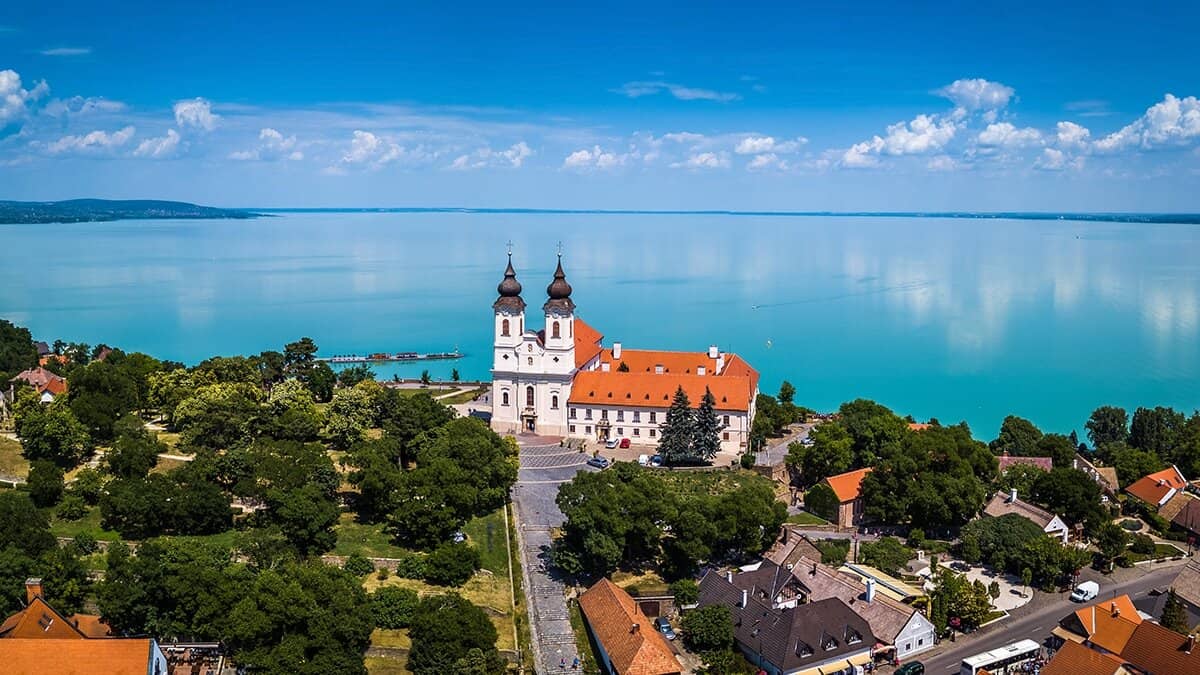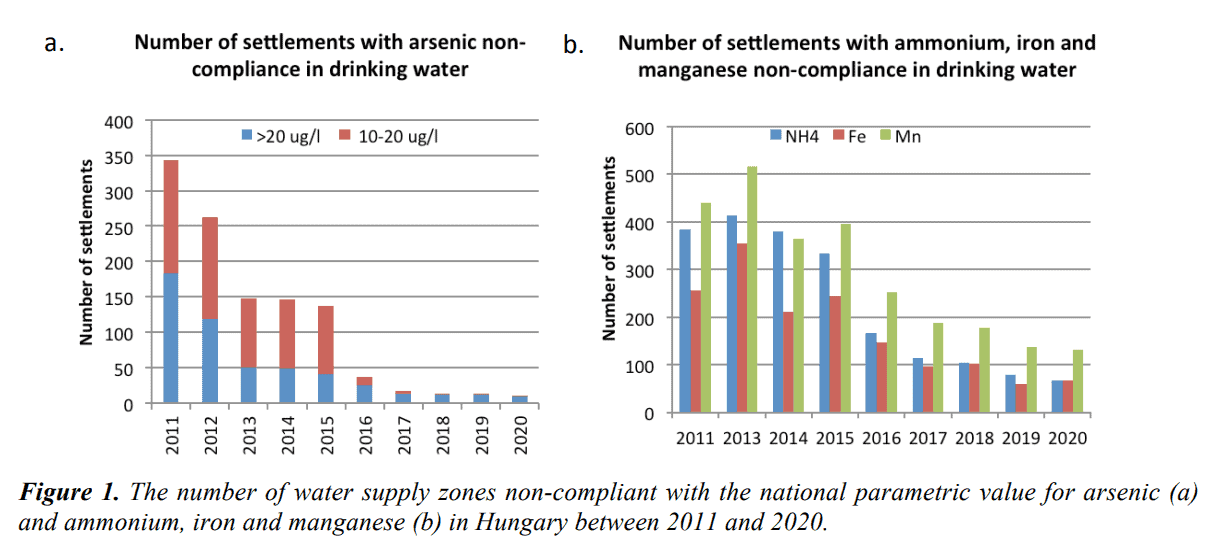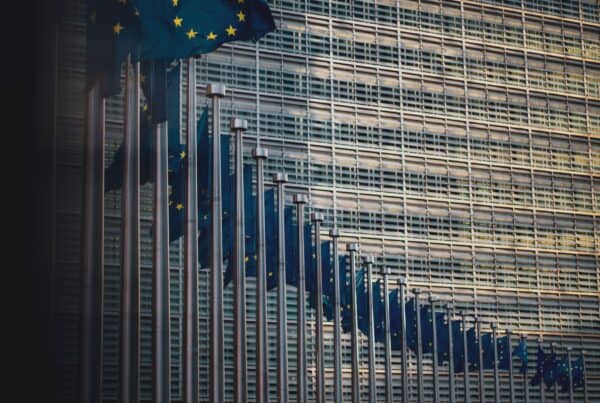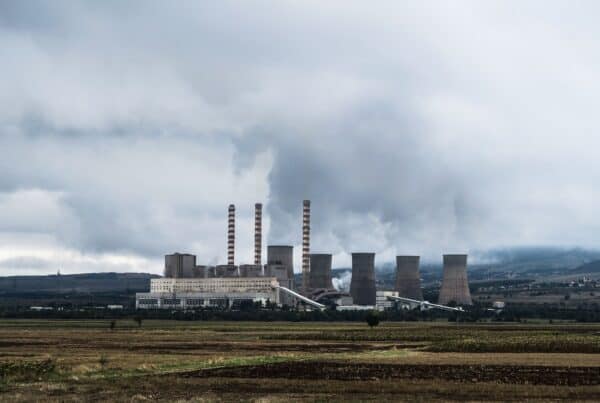The Danube is a major artery in Budapest, crossed by bridges and used by barges and boats. Hungarians go to Lake Balaton, the country’s own inland sea, for recreation and leisure. The special microclimate created by the confluence of the Tisza and Bodrog Rivers gives moisture to the wines of Tokaj. Thermal water gushes over the land, and the spa culture celebrates its inherent healing potential. Even the history of the 11th-century castle of Füzér in northern Hungary is intertwined with water. Perhaps the importance of water is due to the fact that Hungary is landlocked. Whatever the reason, it is fundamental to Hungarian culture and way of life.
As a member of the European Union and a party to the United Nations Framework Convention on Climate Change, Hungary’s national legislation is driven by the EU’s climate policy standards and UNFCCC[1] commitments. Hungary ensures that its national climate change policies are consistent with the Paris Agreement and the EU climate policy framework, thus enabling their implementation.
Hungary is committed to supporting developing countries in achieving the social, economic, geographical and environmental components of sustainable development, as they are the most vulnerable to global warming and environmental degradation. According to Hungary’s 2018 Voluntary National Review[2], the environment is at the heart of the concept of sustainability.
Hungary is a landlocked country that includes Lake Balaton, the largest lake in Central Europe. It is an important site for migratory species, shared by three counties on the lake itself and four on its catchment area. Current environmental concerns in Hungary include bringing the country’s waste management, energy efficiency and air, soil and water pollution regulations up to European Union standards. Hungary’s primary natural resources include bauxite, coal, natural gas, rich soils and arable land.
Water as a primary national resource
Hungary believes that access to clean water and sanitation is one of the major obstacles to achieving sustainability, and that the development of these services plays an increasingly important role in promoting sustainable development, equality and peace in developing countries.
In addition, drought was identified as one of Hungary’s most important environmental vulnerabilities, with drought occurrence and water management being the most significant issues.
Other climate change-related vulnerabilities, such as potential impacts on agriculture, food security and land degradation, are partly caused by water management problems. As in many other Carpathian Basin countries, drought is a recurring natural phenomenon and source of tragedy in Hungary.
The drought situation in Hungary is unique on a global scale. In the past, there have been multi-year droughts, such as the one that occurred between 1983 and 1994. The most recent drought began in 2000, suggesting a shorter return period than in the past. It is not yet clear whether we are seeing a trend influenced by climate change or whether the events we are seeing are the result of natural climate variability. Compared to past droughts, when there was less anthropogenic pressure, the impact of droughts is now being greatly exacerbated by human activity.[3]
Hungary has a history of significant droughts, which have had catastrophic effects on several occasions. In the early years of the 21st century, there was a long period of drought. The year 2003 deserves special mention. In that year, minimal rainfall was accompanied by high temperatures: the average number of days with maximum temperatures above 30 degrees Celsius was 45, exceeding previous records. It was predicted that the drought caused 50-55 billion HUF in agricultural losses this year.[4]
In July 2022, the Hungarian National Meteorological Service reported that drought was affecting a large part of the country, saying that droughts were becoming more frequent due to warmer summers and more intense heat waves. The situation was worse in the Central Great Plain and regions east of the Tisza River. Hungary’s climate is characterised by occasional droughts, although summers have become much hotter and heat waves more frequent and intense in recent decades.[5] Notably, 2021 was already drier than average, but the first seven months of 2022 added to the deficit. Ten of the country’s 12 water management directorates went on water shortage alert. However, the increased water demand could be met by the amount of water that had previously been stored.[6]
The need for fresh water
In the foreseeable future, it is projected that water consumption in industry and municipalities would stay relatively constant. The agriculture industry constitutes the bottleneck. As a result of the existing, outmoded irrigation infrastructure meant for prior large-scale state-owned farms, the necessary move from the current tiny plot structure to medium-sized farms, and the impact of EU admission, numerous uncertainties exist in this region. The need for irrigation will unquestionably increase, particularly in the Tisza valley, where availability is highly dependent on foreign applications and climate change consequences pose a considerable risk. The answer should be built on a variety of hard and soft instruments, such as pricing, planning with neighbouring countries, and the future cooperative building of reservoirs in upstream nations, in order to deal with extreme occurrences.[7]
According to the EU, future policy directions to be followed are:[8]
- Setting the appropriate price for water;
- Allocating funds for water and water-related projects more effectively: Improving land-use planning and funding water conservation;
- Improving drought risk management: Developing drought risk management strategies, establishing a drought observatory and early warning system, and maximizing the utilization of the EU Solidarity Fund and the European Mechanism for Civil Protection;
- Consideration of extra infrastructure for water supply;
- promoting water-saving technology and methods;
- Promoting the creation of a culture of water conservation throughout Europe; and
- Enhance knowledge and data gathering: A European information system on water shortages and drought, as well as research and development prospects.
Using the Scorecard on Equitable Access to Water and Sanitation, Hungary examined equitable access to clean drinking water and sanitation in 2016. The percentage of connection to public utility drinking water supply reached the maximum economically viable level, 95 percent, while the rate of connection to centralised sewerage climbed to 82,8 percent.[9]
Water safety planning is a legal requirement for all drinking water sources; its implementation has been expanded to include smaller supplies during the past decade. By the end of 2018, almost all public water sources (1,500) were governed by a water safety plan. On the basis of lessons learned since the implementation of the legislative requirement, new instructions for establishing and assessing water safety plans have been issued.
The completed investments in big agglomerations have raised the number of connections, decreased the amount of untreated wastewater discharge virtually to zero, and helped to the implementation of sound management practices. Where public utility sewage treatment is not economically possible, decentralized systems are proposed employing environmentally responsible and cost-effective technologies. The conservation of drinking water resources is a responsibility that will continue for the next three decades.
Future developments
Hungary’s water management is subject to ongoing development. Adopted by Government Order 1242/2022 on April 28th, the updated River Basin Management Plan of Hungary[10] gives an even clearer picture of the chemical and biological state of surface water bodies and the quantitative and qualitative status of groundwater. Based on the previously identified key water management issues, RBMP3 describes the actions and interventions required to meet the Water Framework Directive’s objectives. One of these approaches is clean-up of the identified polluted locations. Strategic targets include strengthening water retention and creating integrated municipal water management in accordance with the Water Framework Directive.[11]
The public’s understanding of water quality and water-related concerns has vastly increased. The first Climate Change Action Plan includes water management objectives that relate to the national adaptation priority region. Co-leading two programme areas – PA3 on Institutional water, sanitation, and hygiene with Georgia and Moldova, and PA6 on Equitable access to water and sanitation with France[12] – Hungary also participated internationally in the execution of the 2020-2022 Programme of Work under the Protocol.
After the third Water Summit in 2019, Budapest held the Planet Budapest Sustainability Expo and Summit, where international collaboration on water was also a major focus. Hungary also plays a key role in promoting and supporting the worldwide launch of the Water Convention by actively participating in the convention’s leadership and task force. In addition to the Philippines, The UN Group of Friends in Support of Water, Sanitation, and Hygiene (WASH) in Healthcare Facilities was founded by Hungary.[13]
Since 2011, Hungary has been the co-coordinator of the EUDSR priority area on water quality and environmental concerns, encompassing 14 Danube watershed nations. In this capacity, Hungary initiates and participates in a number of international projects.[14]
Hungary’s IDC2025[15] strategy emphasises the importance of private sector participation, both in bridging the financial gap for infrastructure development and in bringing knowledge to the table. It is worth noting that Hungary has a comparative advantage in the areas highlighted in the strategy. These include water and sanitation, health, environment, information technology and education. Hungary provides equipment to development partners, as well as expertise through capacity building training.
In this context, Hungary has implemented several water-related development initiatives in 2020 – some even experimental – as follows:
- As part of the comprehensive USD 19.6 million development programme in Uganda, an innovative USD 1.3 million water management project was implemented in the Rwamanja refugee settlement. The initiative provided three schools in the Rwamanja refugee settlement with access to potable water.
- Hungary recently launched two innovative water management initiatives, which delivered mobile water purification systems to Tunisia (value of USD 111,83 thousand) and Kyrgyzstan (value of USD 84,000).
- Between 2017-21, Hungary launched a sophisticated development plan with a total expenditure of USD 1.6 million to support internally displaced persons in Iraq. As part of the plan, Hungary rehabilitated the water infrastructure of seven municipalities and rehabilitated an irrigation canal in the Nahla Valley. Hungary also provided a Hungarian water purification system that provides 200 cubic metres of drinking water per day.
References
- https://unfccc.int/ ↑
- https://sustainabledevelopment.un.org/index.php?page=view&type=30022&nr=622&menu=3170 ↑
- Somlyódy, L. et Z. Simonffy, 2004. L’eau en Hongrie : avec une tradition et des problèmes uniques à l’UE. Begegnungen, Schriftenreihe des Europa Institutes Budapest, Band 25 : 127-145. ↑
- Farago, T., Lang, I. et L. Csete, 2010. Changement climatique et Hongrie: atténuer les risques et se préparer aux impacts. Rapport du projet VAHAVA, 124 pp. ↑
- https://www.reuters.com/world/europe/i-want-breed-horses-not-camels-hungarian-farmers-battle-historic-drought-2022-07-28/ ↑
- https://hungarytoday.hu/severe-drought-not-seen-in-over-120-years/ ↑
- Somlyódy, L. and Z. Simonffy, 2004. Water in Hungary: with Tradition and Unique Problems to the EU. Begegnungen, Schriftenreihe des Europa Institutes Budapest, Band 25: 127-145. ↑
- https://eur-lex.europa.eu/legal-content/EN/TXT/?uri=celex%3A52007DC0354 ↑
- https://unece.org/sites/default/files/2022-09/Hungary_summary_report_5th_cycle_31Aug2022_ENG.pdf ↑
- https://www.icpdr.org/main/sites/default/files/nodes/documents/updated_itrbmp_2019.pdf ↑
- https://water.europa.eu/freshwater/europe-freshwater/water-framework-directive ↑
- https://cultureandtourism.danube-region.eu/danube-strategy/priority-areas-of-the-strategy/ ↑
- https://www.unwater.org/news/launch-%E2%80%98un-group-friends-support-wash-health-care-facilities%E2%80%99 ↑
- https://danube-region.eu/ ↑
- https://nefe.kormany.hu/download/8/2f/92000/NEFE2025_summary_en.pdf ↑






